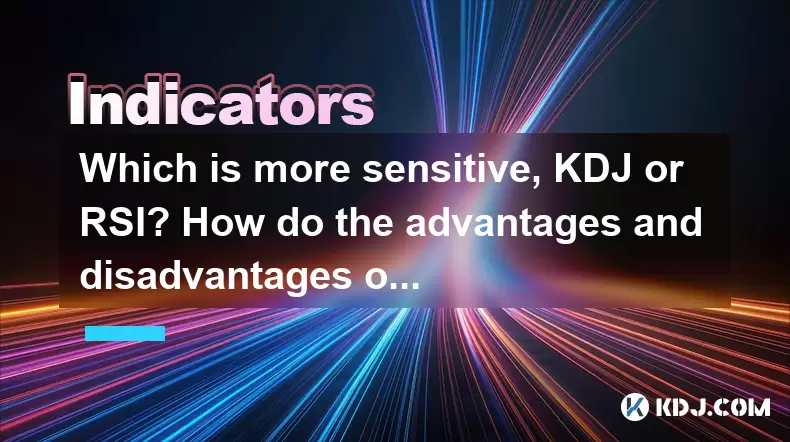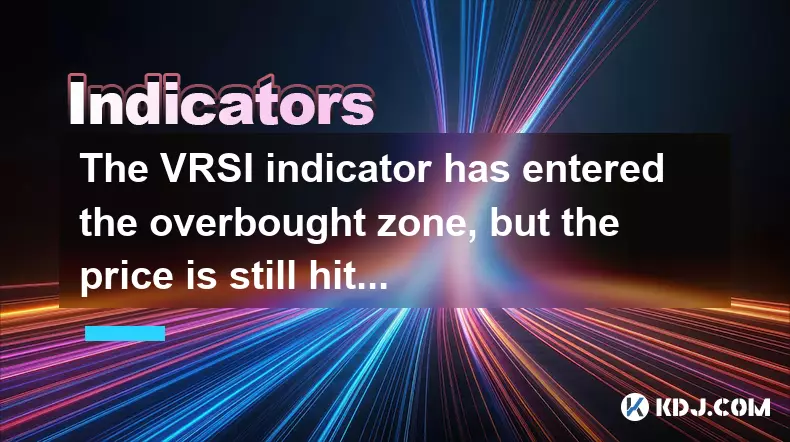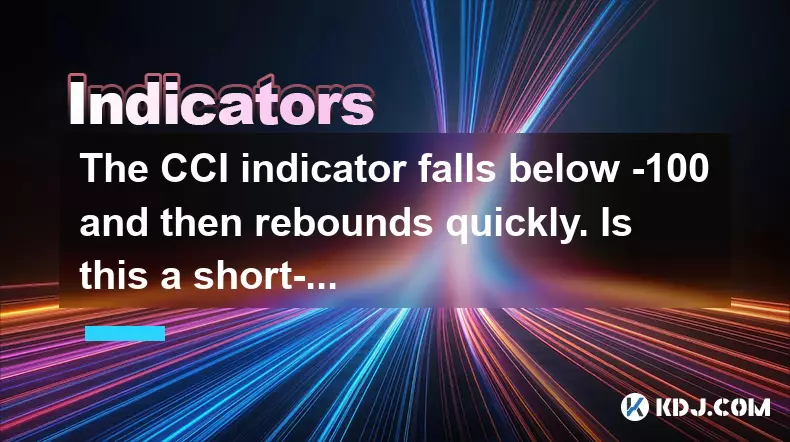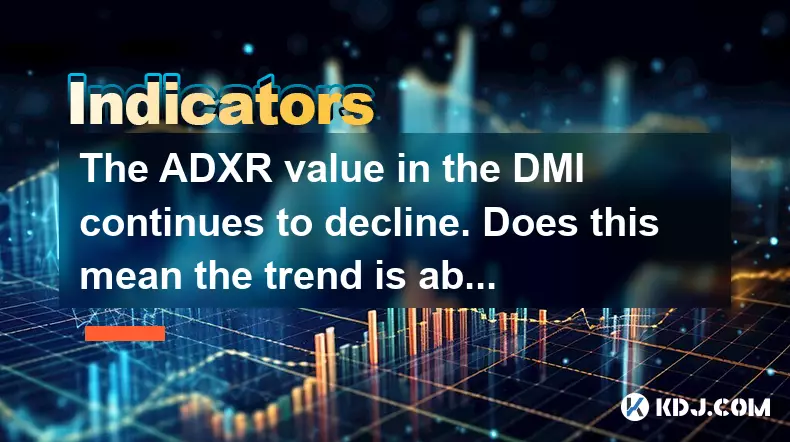-
 Bitcoin
Bitcoin $111200
0.44% -
 Ethereum
Ethereum $4302
0.12% -
 XRP
XRP $2.835
0.93% -
 Tether USDt
Tether USDt $1.000
0.06% -
 BNB
BNB $870.9
1.41% -
 Solana
Solana $203.8
0.29% -
 USDC
USDC $0.9999
0.03% -
 Dogecoin
Dogecoin $0.2178
1.53% -
 TRON
TRON $0.3284
-0.90% -
 Cardano
Cardano $0.8288
0.92% -
 Hyperliquid
Hyperliquid $47.24
1.45% -
 Chainlink
Chainlink $22.34
0.67% -
 Ethena USDe
Ethena USDe $1.001
0.05% -
 Sui
Sui $3.391
1.19% -
 Bitcoin Cash
Bitcoin Cash $598.8
-2.18% -
 Stellar
Stellar $0.3581
0.37% -
 Avalanche
Avalanche $24.59
1.88% -
 Hedera
Hedera $0.2199
1.96% -
 Cronos
Cronos $0.2631
-2.42% -
 UNUS SED LEO
UNUS SED LEO $9.490
-0.66% -
 Litecoin
Litecoin $114.0
2.18% -
 Toncoin
Toncoin $3.090
0.86% -
 Shiba Inu
Shiba Inu $0.00001237
0.84% -
 Polkadot
Polkadot $3.859
1.53% -
 World Liberty Financial
World Liberty Financial $0.2393
25.43% -
 Uniswap
Uniswap $9.388
1.32% -
 Dai
Dai $0.9999
0.02% -
 Ethena
Ethena $0.7417
-0.13% -
 Monero
Monero $269.7
-0.63% -
 Aave
Aave $301.5
0.20%
Which is more sensitive, KDJ or RSI? How do the advantages and disadvantages of the two compare?
KDJ, more sensitive than RSI, offers early trend reversal signals but may generate false alarms; RSI is reliable but can lag in fast markets.
May 23, 2025 at 02:21 am

When it comes to technical analysis in the cryptocurrency market, traders often rely on various indicators to make informed decisions. Two popular indicators among traders are the KDJ and the RSI. Both tools are used to gauge the momentum and potential reversals in the price of cryptocurrencies, but they have different sensitivities and applications. In this article, we will explore which of these indicators is more sensitive, and we will compare their advantages and disadvantages in detail.
Understanding the KDJ Indicator
The KDJ indicator, also known as the Stochastic Oscillator, is a momentum indicator that compares the closing price of a cryptocurrency to its price range over a certain period. The KDJ consists of three lines: K, D, and J. The K line is the fastest, the D line is a moving average of the K line, and the J line is a calculated value that is more sensitive than the K and D lines.
The KDJ indicator ranges between 0 and 100, with readings above 80 indicating an overbought condition and readings below 20 indicating an oversold condition. Traders often use the KDJ to identify potential trend reversals by looking for divergences between the price and the indicator.
Understanding the RSI Indicator
The Relative Strength Index (RSI) is another momentum oscillator that measures the speed and change of price movements. The RSI calculates the ratio of upward price movements to downward price movements over a specified period, typically 14 days. The RSI ranges between 0 and 100, with readings above 70 considered overbought and readings below 30 considered oversold.
Traders use the RSI to identify overbought and oversold conditions, as well as to spot potential trend reversals through divergences between the price and the RSI.
Sensitivity Comparison: KDJ vs. RSI
When comparing the sensitivity of the KDJ and RSI, it is essential to consider how quickly each indicator reacts to price changes. The KDJ is generally considered more sensitive than the RSI due to its faster-moving lines, particularly the J line. This sensitivity can be both an advantage and a disadvantage, depending on the trader's strategy.
The KDJ's J line can provide early signals of potential trend reversals, but it can also generate more false signals due to its sensitivity. On the other hand, the RSI is less sensitive and may lag behind price movements, but it tends to produce fewer false signals.
Advantages of the KDJ Indicator
The KDJ indicator offers several advantages for cryptocurrency traders:
Early Signals: The KDJ's sensitivity, particularly the J line, can provide early signals of potential trend reversals, allowing traders to enter or exit positions before significant price movements occur.
Versatility: The KDJ can be used in various market conditions, including trending and ranging markets. Traders can adjust the period settings to suit their trading style and timeframe.
Divergence Analysis: The KDJ is effective for identifying divergences between the price and the indicator, which can signal potential trend reversals.
Disadvantages of the KDJ Indicator
Despite its advantages, the KDJ indicator also has some drawbacks:
False Signals: The KDJ's sensitivity can lead to false signals, particularly in volatile markets. Traders need to use additional confirmation tools to filter out these false signals.
Overfitting: The KDJ can be prone to overfitting, especially when traders adjust the period settings too frequently. This can result in the indicator being too closely tailored to past data and less effective in predicting future price movements.
Advantages of the RSI Indicator
The RSI indicator also offers several advantages for cryptocurrency traders:
Reliability: The RSI is generally considered more reliable than the KDJ due to its slower response to price changes. This can result in fewer false signals and more accurate trend reversal signals.
Overbought/Oversold Levels: The RSI's overbought and oversold levels (70 and 30, respectively) are widely recognized and used by traders to identify potential reversal points.
Divergence Analysis: Like the KDJ, the RSI is effective for identifying divergences between the price and the indicator, which can signal potential trend reversals.
Disadvantages of the RSI Indicator
Despite its advantages, the RSI indicator also has some drawbacks:
Lag: The RSI's slower response to price changes can result in a lag, causing traders to enter or exit positions later than they might with the KDJ.
Limited Range: The RSI's range between 0 and 100 can sometimes be limiting, as it may not provide clear signals in strongly trending markets.
Practical Application of KDJ and RSI in Cryptocurrency Trading
To illustrate the practical application of the KDJ and RSI in cryptocurrency trading, let's consider a hypothetical scenario where a trader is analyzing the price of Bitcoin (BTC) using both indicators.
Setting Up the Indicators: The trader sets up the KDJ with a period of 9 and the RSI with a period of 14 on their trading platform.
Monitoring the Indicators: The trader monitors the KDJ and RSI on a daily chart, looking for overbought and oversold conditions, as well as divergences between the price and the indicators.
Identifying Signals: The trader notices that the KDJ's J line has crossed above 80, indicating an overbought condition. At the same time, the RSI is also above 70, confirming the overbought signal.
Confirming the Signal: To confirm the signal, the trader looks for additional indicators, such as a bearish divergence between the price and the KDJ or RSI.
Taking Action: Based on the confirmed overbought signal, the trader decides to enter a short position on Bitcoin, anticipating a potential price reversal.
Frequently Asked Questions
Q: Can I use both KDJ and RSI together in my trading strategy?A: Yes, many traders use both the KDJ and RSI together to gain a more comprehensive view of market conditions. By combining the sensitivity of the KDJ with the reliability of the RSI, traders can potentially increase the accuracy of their trading signals.
Q: How do I adjust the period settings for the KDJ and RSI to suit my trading style?A: The period settings for the KDJ and RSI can be adjusted based on your trading timeframe and style. For short-term trading, you might use shorter periods (e.g., KDJ with a period of 5 and RSI with a period of 7). For longer-term trading, you might use longer periods (e.g., KDJ with a period of 14 and RSI with a period of 21). Experiment with different settings to find what works best for you.
Q: Are there any other indicators that can be used in conjunction with KDJ and RSI to improve trading signals?A: Yes, traders often use other indicators in conjunction with the KDJ and RSI to improve their trading signals. Some popular complementary indicators include the Moving Average Convergence Divergence (MACD), Bollinger Bands, and the Average Directional Index (ADX). These indicators can provide additional confirmation and help filter out false signals.
Q: How can I avoid false signals when using the KDJ indicator?A: To avoid false signals when using the KDJ indicator, consider the following strategies:
Use Additional Confirmation: Always use additional indicators or price action analysis to confirm KDJ signals.
Adjust Period Settings: Experiment with different period settings to find a balance between sensitivity and reliability.
Monitor Market Conditions: Be aware of market volatility and adjust your trading strategy accordingly. In highly volatile markets, the KDJ may produce more false signals.
Disclaimer:info@kdj.com
The information provided is not trading advice. kdj.com does not assume any responsibility for any investments made based on the information provided in this article. Cryptocurrencies are highly volatile and it is highly recommended that you invest with caution after thorough research!
If you believe that the content used on this website infringes your copyright, please contact us immediately (info@kdj.com) and we will delete it promptly.
- XRP ETF Buzz & Altcoin Action: Decoding ARB, PEPE, and the Crypto Landscape
- 2025-09-08 03:05:16
- Solana Price, Meme Coins, and Layer Brett: What's the Hype?
- 2025-09-08 02:45:11
- WLFI Token: Viability and Institutional Backing - A NYC Perspective
- 2025-09-08 02:25:13
- XRP Price, Meme Coin Mania, and the Potential for Explosive Gains: What's a Crypto Investor to Do?
- 2025-09-08 00:45:14
- Cracking the Crypto Code: Passive Income & ROI Plays for Savvy New Yorkers
- 2025-09-08 00:25:14
- Price, Traders, and Rally Targets: Decoding Crypto Market Moves
- 2025-09-08 01:05:16
Related knowledge

The VRSI indicator has entered the overbought zone, but the price is still hitting new highs. What is the risk?
Aug 31,2025 at 07:36pm
Understanding the VRSI Indicator in Overbought Conditions1. The Volume-Weighted Relative Strength Index (VRSI) combines price momentum with trading vo...

The EMA indicator is in a bearish pattern, but the MACD has formed a bottoming divergence. How should I choose?
Aug 30,2025 at 02:19pm
Bearish EMA vs. Bullish MACD Divergence: Understanding the Conflict1. The Exponential Moving Average (EMA) is a trend-following indicator that gives m...

The CCI indicator falls below -100 and then rebounds quickly. Is this a short-term buy opportunity?
Sep 01,2025 at 12:18pm
Understanding the CCI Indicator in Crypto Markets1. The Commodity Channel Index (CCI) is a momentum-based oscillator widely used in cryptocurrency tra...

The RSI indicator has become blunt and cannot break through the previous high. Is this a signal that the rally is over?
Aug 30,2025 at 08:01pm
Understanding RSI Behavior in Extended Bull Runs1. The Relative Strength Index (RSI) is a momentum oscillator that measures the speed and change of pr...

The MACD histogram has turned from green to red, but the fast and slow lines are still below the water level. How can I interpret this?
Aug 30,2025 at 07:13am
Understanding the MACD Histogram Shift1. The MACD histogram turning from green to red indicates a weakening of downward momentum in the price trend. T...

The ADXR value in the DMI continues to decline. Does this mean the trend is about to end?
Sep 01,2025 at 05:19am
Understanding ADXR and Its Role in Trend Analysis1. The Average Directional Index Rating (ADXR) is a component of the Directional Movement Index (DMI)...

The VRSI indicator has entered the overbought zone, but the price is still hitting new highs. What is the risk?
Aug 31,2025 at 07:36pm
Understanding the VRSI Indicator in Overbought Conditions1. The Volume-Weighted Relative Strength Index (VRSI) combines price momentum with trading vo...

The EMA indicator is in a bearish pattern, but the MACD has formed a bottoming divergence. How should I choose?
Aug 30,2025 at 02:19pm
Bearish EMA vs. Bullish MACD Divergence: Understanding the Conflict1. The Exponential Moving Average (EMA) is a trend-following indicator that gives m...

The CCI indicator falls below -100 and then rebounds quickly. Is this a short-term buy opportunity?
Sep 01,2025 at 12:18pm
Understanding the CCI Indicator in Crypto Markets1. The Commodity Channel Index (CCI) is a momentum-based oscillator widely used in cryptocurrency tra...

The RSI indicator has become blunt and cannot break through the previous high. Is this a signal that the rally is over?
Aug 30,2025 at 08:01pm
Understanding RSI Behavior in Extended Bull Runs1. The Relative Strength Index (RSI) is a momentum oscillator that measures the speed and change of pr...

The MACD histogram has turned from green to red, but the fast and slow lines are still below the water level. How can I interpret this?
Aug 30,2025 at 07:13am
Understanding the MACD Histogram Shift1. The MACD histogram turning from green to red indicates a weakening of downward momentum in the price trend. T...

The ADXR value in the DMI continues to decline. Does this mean the trend is about to end?
Sep 01,2025 at 05:19am
Understanding ADXR and Its Role in Trend Analysis1. The Average Directional Index Rating (ADXR) is a component of the Directional Movement Index (DMI)...
See all articles

























































































